Denison, with a canny eye for the future, was also careful to cultivate ties with Parson’s son and heir. ‘Your Son was heartily welcome,’ wrote Denison in March, 1770, ‘to any small Civilitys it was in our power to show him during his short stay with us … He is a very worthy young Gentleman, & you are very happy in having so pleasing a prospect of his future amiable conduct and usefulness.’ 13 Parson’s only surviving son, Christopher, was twenty at the time and down from Brasenose College, Oxford, for a brief spell in London as the guest of Mr and Mrs Denison at their house in St Mary Axe. He had gone up to Oxford in the autumn of 1767, where, after the obligatory period of idleness and tomfoolery, requiring many parental admonitions, he appears to have grown into a model student. ‘I have not at any period studied harder than at present,’ he wrote to his father early in 1770.
Christopher’s decision to devote himself to study appears to have been inspired by the love of a woman. ‘I solemnly declare,’ he told Parson, ‘it was my attachment to Miss B. which alone brought to light what little abilities I may now possess; it was the desire I had of rendering myself worthy of her which first roused me to pursue my studies with application. They cost me for some months many hours of pain, but by a resolute pursuance they afterwards became a pleasure & now I may safely say the pursuit of knowledge is my only pleasure in the absence of her.’ 14 He studied law, history, botany, French and drawing under men who were the experts in their field in the world, such as ‘the famous Scotchman Williamson’ 15 who taught him mathematics and Thomas Hornsby, his astronomy tutor, one of the leading scientists of the day, whose observations of light ascension and declination were not surpassed in accuracy until 1925, and who went on to build the Radcliffe Observatory. There seems to have been no stopping Christopher in his pursuit of learning, all of which contributed to his development as a perfect example of the Renaissance Man. ‘I have begun a new study,’ he wrote on 6 May, 1770, ‘to add to all my other business. Music as far as it depends upon Mathematical principles, & strum a fiddle an hour or two every day.’ 16
The woman he loved, ‘Miss B.’ or ‘my dearest Bessy’, as he commonly referred to her, was Elizabeth Tatton, the daughter of William Tatton Esq. of Wythenshawe in Cheshire. She was a friend of long standing who was referred to in one letter as being ‘a woman I have from childhood adored’. 17 It was a match that both his parents had apparently vigorously promoted. ‘When my heart was free and unconquered by Miss B.’ Christopher reminded Parson, ‘I well remember how many arguments you both used to persuade me to call upon her in a morning to walk out, & how you forwarded every opportunity of bringing us acquainted.’ 18
Writing to his father from the Denisons’, Christopher made quite clear his intentions so far as Bessy was concerned, strengthened all the more by his admiration for his hostess. ‘I am very fond of Mrs Denison,’ he told him; ‘she seems to be a very amiable & agreeable woman & of the sweetest temper; surely with such a woman the marriage State must be the happiest Mortals here enjoy (& such my Bessy is) for without good sense & a sweet temper every little accident will embitter its pleasures & any very unfortunate one even destroy its happiness … If unjust pray correct me for as I shall shortly (with the blessing of God & my Parents approbation) marry my Bessy, I could wish to know whether I have formed a right opinion of that state.’ 19
Soon after Parson received this letter, he gave his consent to the marriage. ‘I already perceive it will require the greatest economy to make my allowance serve till I am married,’ Christopher told him, echoing the familiar cries of incautious students down the ages. ‘Not-withstanding the many bills I have already paid, there still remains to pay as far as I can guess £170 – I have now by me £50.’ He was keen to show his father that in his opinion not one penny of the money spent had been wasted. ‘I shall send into the country goods to a very considerable amount: a very valuable collection of books in most branches of science; a much admired collection of prints of the best Masters which will be of infinite use in drawing & in forming a pure & just taste; a collection of coins not to be despised; Mathematical instruments & many miscellaneous things of less moment, with a set of beautiful specimens of the various kinds of Fossils collected by a man the most famous in the Fossil world; all these may most fairly be valued at £500. & I hope I may without vanity say that I either am now or shall shortly with the blessing of God be able to make a considerable use of the articles here contained.’ 20
The marriage between Christopher and his ‘beloved Bessy’ took place on 23 October, 1770, at St Wilfred’s, Northenden, the Tatton family’s parish church. As well as personal happiness, it brought him great riches, for not only did he officially become the inheritor of Sledmere and all its estates, but Bessy brought with her a considerable dowry from her father, in the form of two banker’s drafts, one for £10,000, the other for £2,542. These were the first payments as part of the terms of the marriage settlement which had been signed on 1 September, under which Christopher was to receive a total of £16,000 out of the fortune left to his wife by her maternal aunt, Elizabeth Egerton of Tatton.
Though he took his bride to Sledmere on 29 October and stayed for five weeks, it was never Christopher’s intention to move into the house, as might have been expected, preferring instead to allow his parents to live on there, while he removed his bride to Wheldrake Hall, a modest house owned by the family to the south-east of York. After Christmas the young couple travelled together to London for an extended shopping spree, taking lodgings at Jewels Hotel, Surrey Street, which ran from the Strand down to the Embankment.
This was an important time in London’s history, with the City growing in power as a financial centre and rapidly expanding its banking, shipping and trading activities, and as they stood on the terrace of Somerset House, a few minutes’ walk from their hotel, looking out over the Thames, Christopher and Bessy surveyed a scene which had changed little since Canaletto had painted it twenty years previously. As they looked west up to the Banqueting Hall, Westminster Abbey and Westminster Hall, and east down to St Paul’s, a view which took in numerous facades of fine waterfront mansions and the myriad spires of city churches, dozens of small boats sailed the water: lighters, barges, brigs, hoys, dinghies, bum-boats, ferry-boats, packets and wherries all scuttling about and connected in some way to their larger cousins, colliers from the North, whalers from Greenland, merchant ships from the Continent, East Indiamen and West Indiamen, and square riggers from America who plied their trade in ever increasing numbers in and out of the port of London. To the east stood a monument to the man who had restored the greatness of Britain. The newly completed Blackfriars Bridge, opened in 1770, was named Pitt Bridge, after William Pitt, whose successful, almost single-handed, prosecution of the Seven Years War had brought France to her knees and Canada under the British flag. What a sense of excitement and pride the young couple must have felt.
In accordance with their new status, there was much shopping to be done, details of which Christopher meticulously recorded in neat, tiny handwriting in his account book. A large quarto volume protected by a pale calfskin dust jacket, and stamped on the front with the initials, C.S., and the date 1770, it was discovered a few years ago hidden away in the Estate Office, and has now been restored to the Library, where it is one of the most important books to have survived. It tells us in the first few pages exactly the kind of things a fashionable young couple down from the country would be buying to take home. For Christopher there were new clothes – pairs of breeches, a waistcoat, gentlemen’s ruffles, a sword and belt – and a visit to his tailor, while Bessy visited the milliner, and the barber ‘for curls’, and bought two gowns, one of India silk, lace trimming, a fan and cloak, and shoes. On 28 February her new husband took her to Mr Young, the antique dealer, and spent the not inconsiderable sum of £106. 14 s . 6 d . on jewels. They also went food shopping and ordered a whole Parmesan cheese, weighing 55 ½lbs, a Stilton cheese and some tea.
Читать дальше
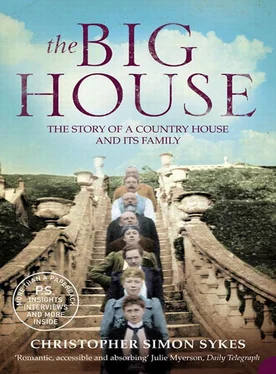
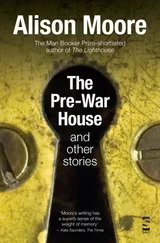

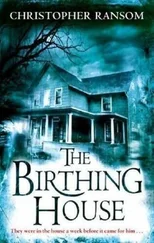

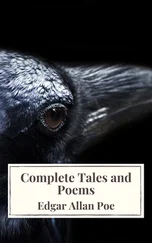

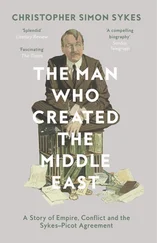
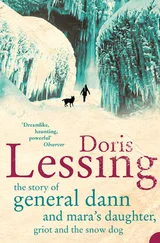
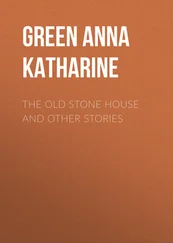
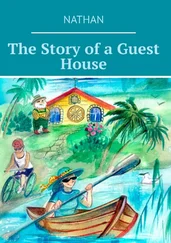

![Edward Ellis - Adrift on the Pacific - A Boys [sic] Story of the Sea and its Perils](/books/753342/edward-ellis-adrift-on-the-pacific-a-boys-sic-s-thumb.webp)